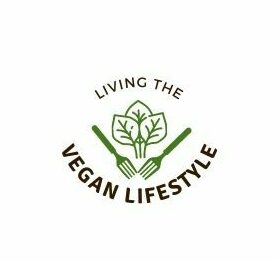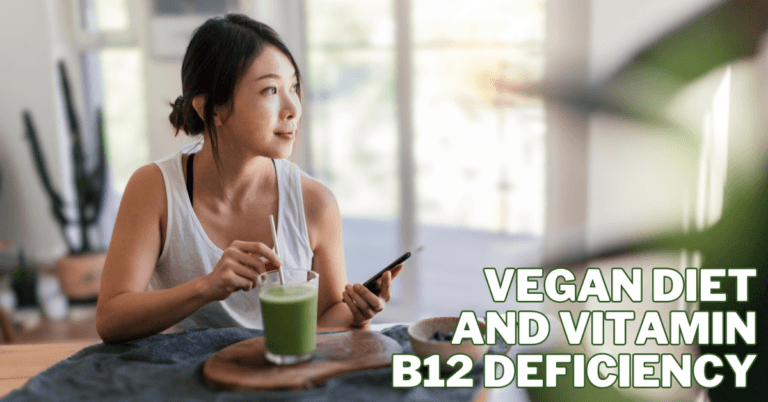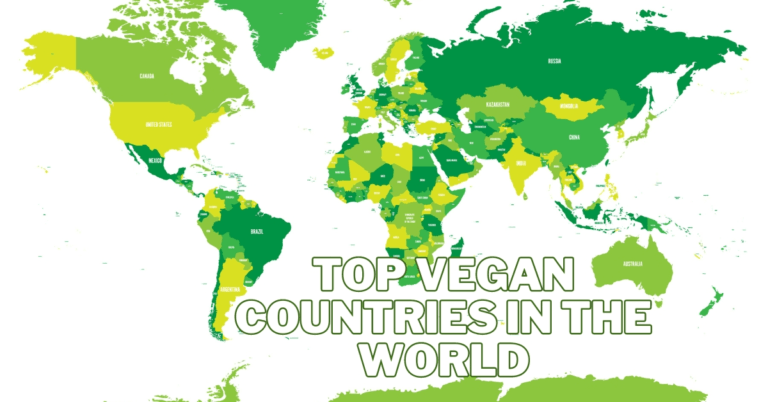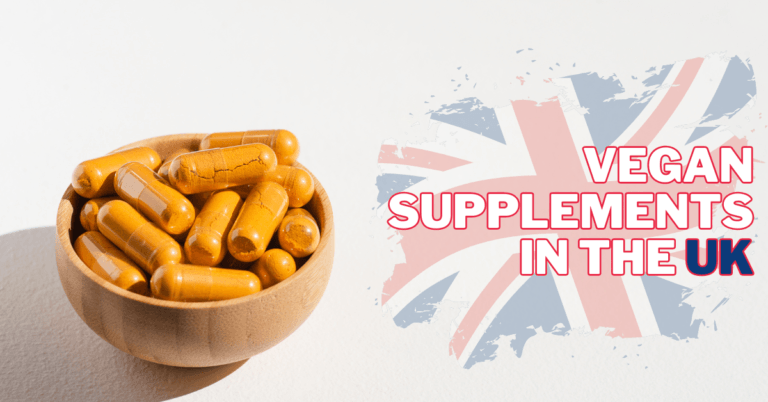Vegan Diet And Vitamin B12 Deficiency
Vegan Diet And Vitamin B12 Deficiency A vegan diet, known for its health and environmental benefits, eschews all animal products and relies solely on plant-based foods, including meat, dairy, and eggs. While this dietary choice offers numerous advantages, such as reducing the risk of heart disease and lowering cholesterol levels, it also presents challenges, notably…










